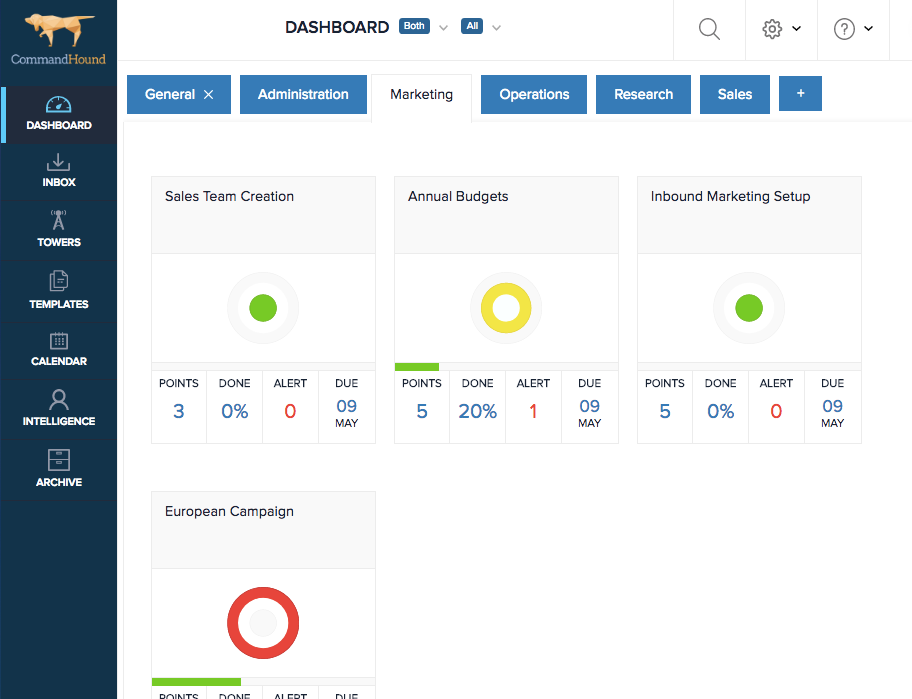How to Gamify Accountability in the Workplace
It has been proven that, if done right, gamification may increase engagement. What about taking these gaming concepts into the workplace to make accountability and the tracking of employee performance more fun?
In principle, it sounds like a great idea. However, making an engaging and fun game is not that easy. Fortunately, there are a lot of lessons learned and best practices derived from those that have tried before.
What Makes a “Good” Game?
A game that drives accountability in the workplace presents special challenges. Especially because it involves assigning tasks, tracking how those tasks are completed, and connecting individual or team results to a performance review system that to close the loop, all while making all this fun and entertaining.
Let’s start with reviewing 7 key areas to address if we are to develop a game that truly helps drive a culture of accountability:
1. KISS – Keep it Simple, Stupid!
As with anything that requires engagement, any game we develop needs to be simple, easy to understand, easy to navigate, and easy to access.

Keep UI and UX Simple to Drive Engagement
2. Accessibility
A game also needs to be easy and convenient to access from anywhere, anytime. The better the ability to connect and to use the game from a desktop, a mobile device, or offline, the better.
3. Usability
A game has to be well designed. The user interface (UI) and the overall user experience (UX) are key. Colors, pictures, flows, design elements, interactions, hand gestures, all contribute to drive user engagement.
4. Unconscious Mind
Engaging the unconscious mind will help users come back to the game over and over. Games that have a built-in notion of progress and a notion of increased challenge drive engagement.
5. Loss Aversion
A game should also have an opportunity to regain what has been lost to drive engagement even more. For example, in the accountability world, being able to go beyond the call-of-duty to make up for previous mishaps will help maintain engagement.
6. Innovation
To avoid staleness and boredom, a stream of constant innovation in both form (colors, graphs, sounds) and content (analytics, charts) is required to keep users engaged. Tournaments, prices, challenges, leaderboard are all things that help keep things fresh.
7. Compulsion
A game should offer immediate rewards after desired actions are taken. This will create a sense of compulsion to continue to get things done on time as expected. The more that gets done, the better the rewards.
What Kind of Technology Platform Is Needed?
So, you may wonder, how do we apply these principles to the creation of a game that drives accountability in the workplace? First, we must select a software platform like CommandHound to help us track milestone completion at the individual and/or team levels.
CommandHound, built with accountability in mind from the ground up, provides a solid foundation to gamify a culture of accountability in the workplace.

CommandHound Provides a Solid Operational Platform from Which to Gamify Accountability
CommandHound supports the 7 key areas for gamification listed above.
From a technical perspective, CommandHound’s user interface is simple, easy to use, and visually appealing, and its user experience drives engagement. CommandHound can also be accessed from anywhere, anytime, from a desktop or an iOS or Android mobile device.

From a functionality perspective, CommandHound provides the mechanisms to assign, remind, track, and escalate tasks and milestones while keeping scores to drive personal and group leaderboards.

Teams, rankings, tournaments, sales challenges, quality drives or any other contest can be defined on the fly at any time.
Next Steps
Would you like to learn more about how to use gamification to drive a culture of accountability in your business to improve business performance?
